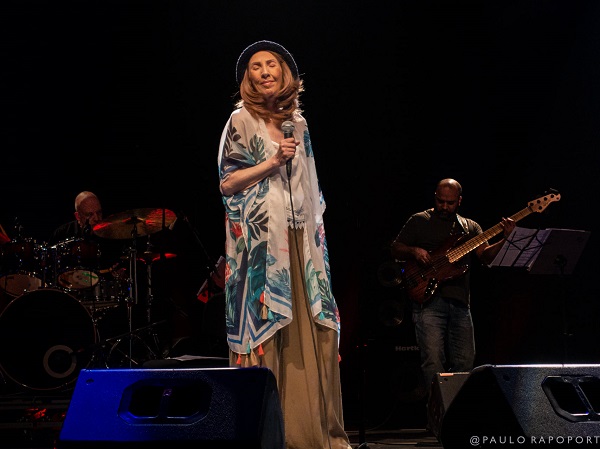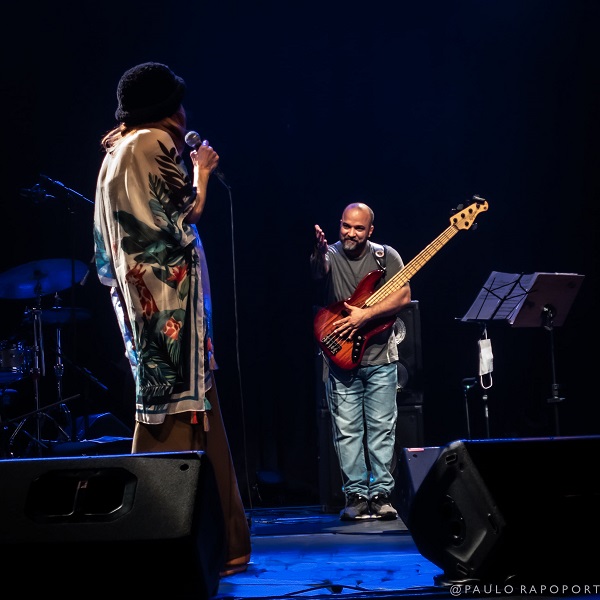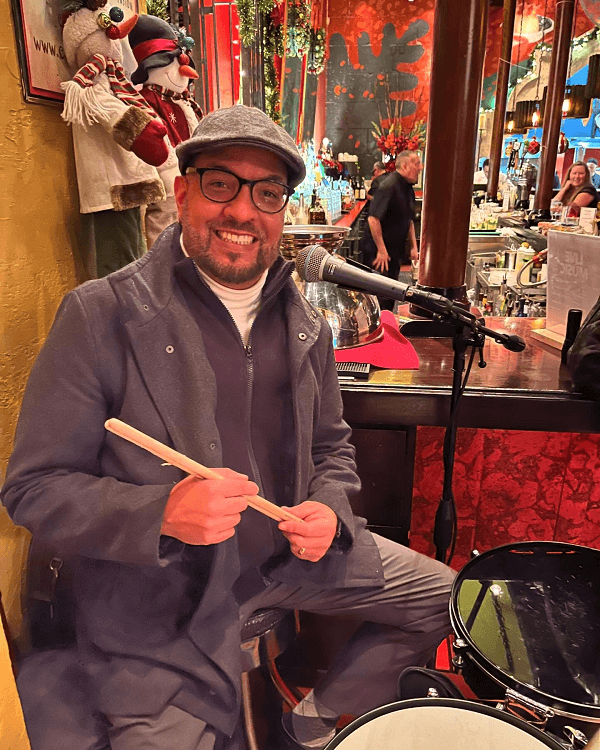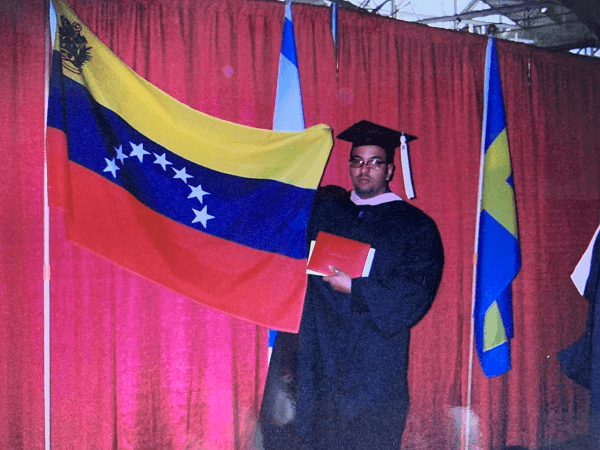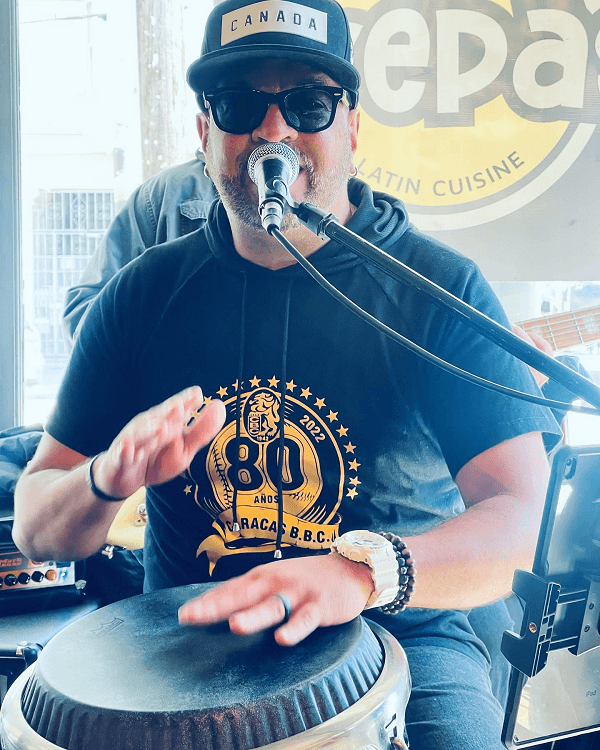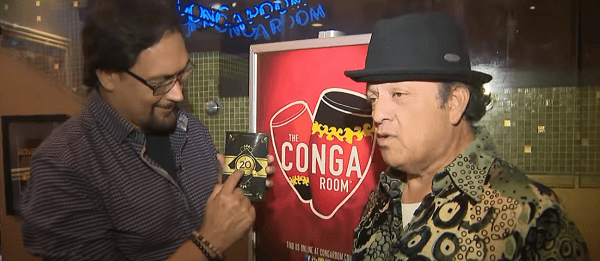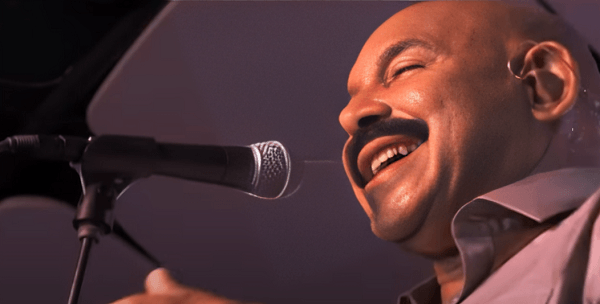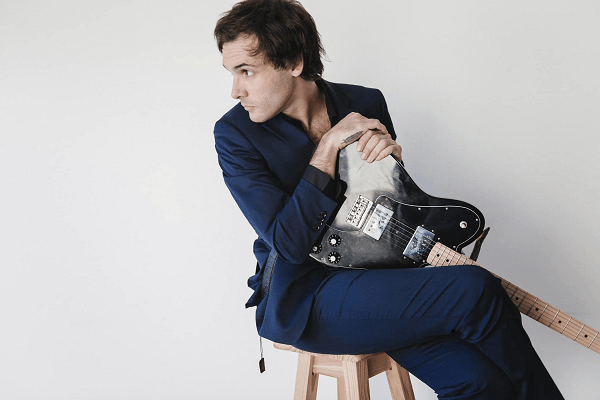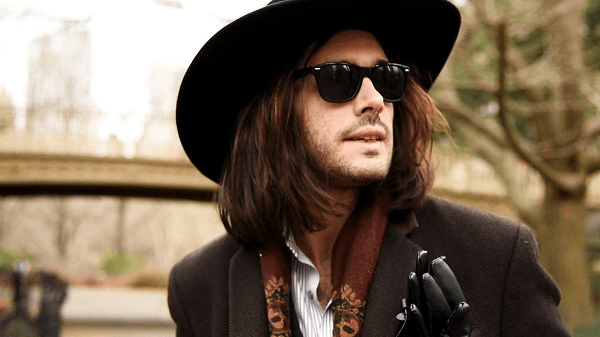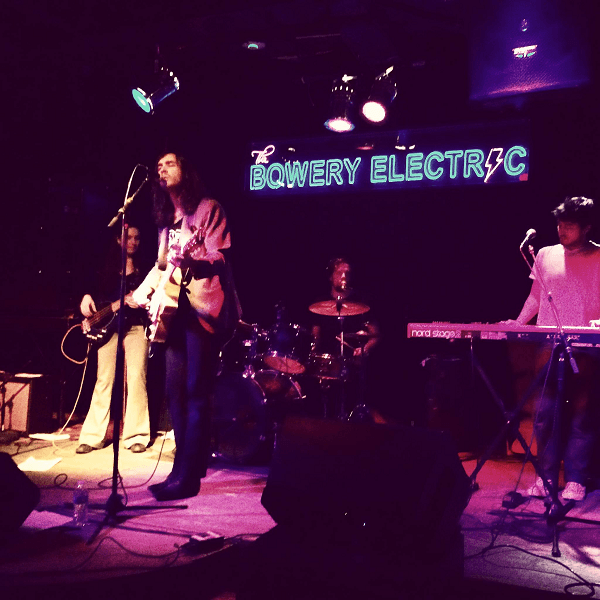Fragile voice, delicate and powerful at the same time, that moves with devotion and good work through the multiple paths of jazz.
Eva Cortés, born in Tegucigalpa (Honduras), 1972, is a Honduran jazz singer and composer.

More than a voice, she is our jazz star in the world.
She is part of the fusion movement, incorporating in her music the influences of traditional Latin American music (zamba, bolero), blues, traditional Andalusian music and jazz.
He sings with a Latin American Spanish cadence and Andalusian echoes and accent.
He grew up in Seville and currently resides between Madrid and New York.
He became known in 1980 after recording an album of children’s songs entitled Cosas de niños with singers such as Ana Belén, Víctor Manuel, Mocedades and Miguel Bosé.
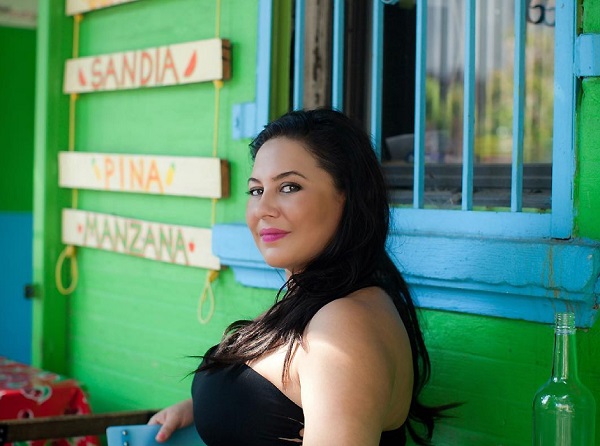
Nowadays, his music reflects the influences received from his cultural miscegenation, as well as from the different musical genres developed throughout his career.
Growing up in a family of great musical tradition, she was exposed to Latin American music. Although we hear in her first compositions, at the age of 16, a strong influence of blues.
In January 2006 she flew to Santiago de Chile to record and co-produce Sola Contigo, her first solo album, which was later mixed and mastered in Paris.
In this work we can find South American rhythms fused with jazz and a soft touch coming from the south of Spain.
Eva feels honored to have had the collaboration of musicians with great international prestige: Jerry Gonzalez,
Antonio Serrano, Pepe Rivero and Nono Garcia among others.
In April 2008 Eva recorded her second album Como Agua entre los Dedos, which is an album of original songs composed mostly by Eva Cortés, although they also stand out in the two Spanish adaptations of two standards such as You don’t know what love is and La Vie en Rose.
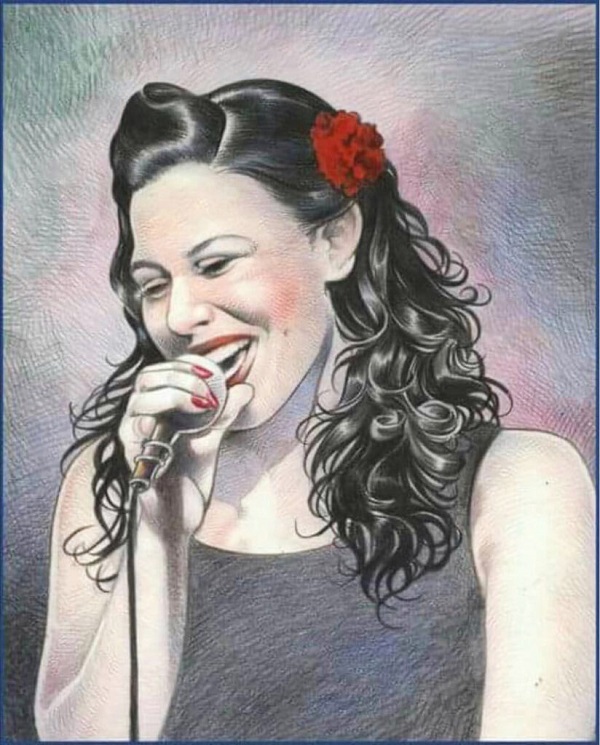
They released their third album El Mar de Mi Vida on April 6, 2010. With his personal jazz fusion, he has managed to carve a niche for himself among the most interesting and promising proposals of the Spanish jazz scene. [El Mar de Mi Vida brings together 12 songs that are maximum exponents of cultural crossbreeding.
On this occasion, in addition, the flamenco great Miguel Poveda joins in the version of the song C’est si bon, Perico Sambeat, Lew Soloff (considered one of the most brilliant trumpet players of recent times and who has collaborated with Marianne Faithfull or Frank Sinatra, among others), Santiago Cañadada, Rémy Decormeille, Georvis Pico, the electric bassist of the moment Hadrien Feraud and the English drummer Mark Mondesir (both musicians of John McLaughlin).
Eva once again signs most of the tracks and shares authorship in a couple of songs with Brazilian guitarist Kiko Loureiro.
In addition, we find tracks such as Alfonsina y el Mar (Ariel Ramírez-Felix Luna), Une chanson Douce (Henrie Salvador- Maurice Pon), C’est si bon (André Hornez-Henri Betti) and Que reste-t-il de Nos Amours (Charles Trenet-Leo Chauliac).

Eva Cortes – The Sea Of My Life (2010)
Tracks:
- The Sea Of My Life
- Casi
- C’es Si Bon / What’s Better? (Feat. Miguel Poveda)
- Desterrado
- Valsa Da Menina
- Remembering Tomorrow
- Little Matter If Later
- Que Reste-T-Il De Nos Amours / I Wish You Love
- Woman
- Alfonsina And The Sea
- Da Igual
- Une Chanson Douce
Information realized (January 13, 2024)
Sources:
